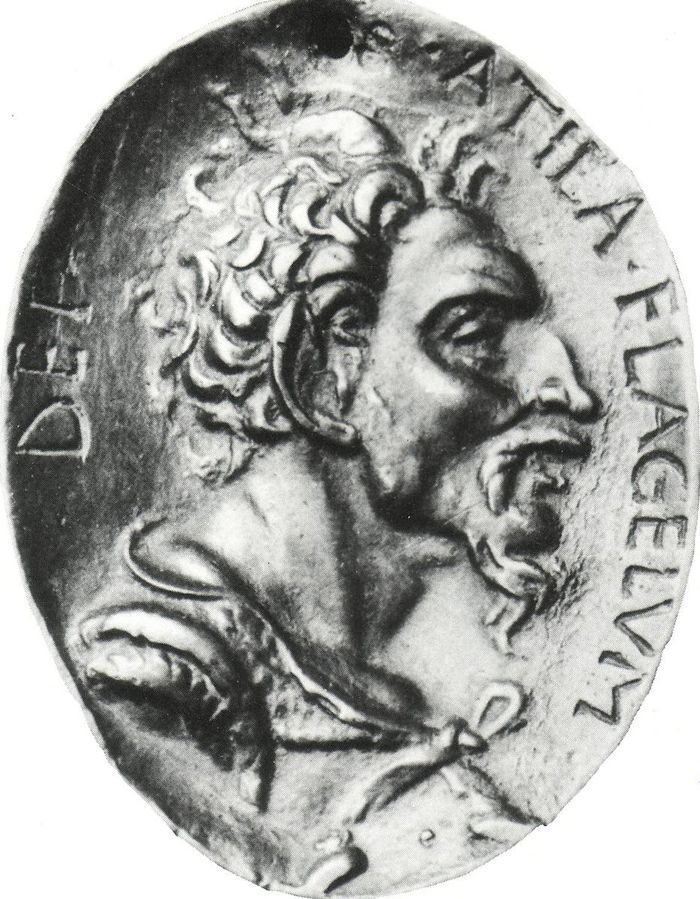20 19th century inventions for children
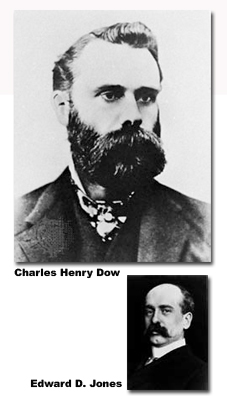
Contents
- 1 The Dow Jones invention
- 2 The first traffic light, in the 19th century
- 3 Community trash can, also in the 19th century
- 4 The invention of Pen
- 5 Zipper
- 6 Toilet paper
- 7 Signing Machine
- 8 19th century vacuum cleaner
- 9 The invention of the electric chair
- 10 Automatic dishwasher
- 11 Travel cards
- 12 Contact lenses
- 13 Bone scan
- 14 Clip
- 15 Vending machine
- 16 Saccharin
- 17 Color Photography
- 18 Stapler
- 19 Electric toothbrush
They have been incorporated into our daily lives as part of it naturally. Maybe for that reason, because they have been with us for more than a century. They are the modern inventions of the 19th century.
This is the case of the stapler, the electric toothbrush, the traffic light, the Dow Jones, the dishwasher, the traveller’s checks or the contact lenses or contact lenses, for some examples.
They make our lives easier and, in some cases, they made it to our grandparents’ grandparents. We collect the most modern inventions of the 19th century. Although it seems somewhat implausible, we will see that at that time they were invented…
The Dow Jones invention
Present in the current economic information, the Dow Jones is known as the “Daily Stock Market Index”, which was inspired by the statistical calculation invented in 1882 by Charles Henry Dow and Edward D. Jones, the first of which was also founder of the Wall Street Journal.
The Dow Jones is a calculation that allows estimating the upward or downward trends of the main companies listed on the New York Stock Exchange. This calculation, known by different names, exists for other stock exchanges in the world.
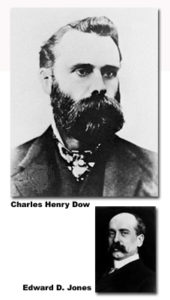
The first traffic light, in the 19th century
de la Historia was installed before the House of Commons. Based on the signaling of the railways, it was built in 1868 by the engineer JP Knight and it was an absolute failure, since one of the two gas lamps (one illuminated in green and the other in red) on which the invention was based , exploded killing the traffic agent who was in charge. Knight, obviously, abandoned the project after an unfortunate event. It was in 1914, in Cleveland, Ohio, where the first traffic lights based on an automation system were installed. Four years later, the three-color traffic light would appear as we know it today.
Community trash can, also in the 19th century
On March 7, 1884, the prefect of the Paris Police, Eugène Poublle, dictated a side whereby it was decreed that the owners of the real estate should make available to the leased common containers where to “deposit household waste”.
And it is that the garbage, not only in the French capital, was deposited in the courtyards of the houses or, directly, in the street. It was evident that this insane custom only attracted rodents, and in turn, the disease that they infected.
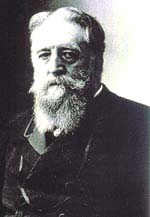
The invention of Pen
Patented in 1888 by John E Loud, the first pen was designed to write on hard surfaces. Seven years later the invention was commercialized.
Zipper
Patented as “Lightning Closure”, the zipper was an invention presented at the Chicago Exposition in 1893. Whitcomb L Judson’s invention, consisted of a closure system consisting of two chains of square brackets that joined when pulling a kind of cursor.
Toilet paper
Invented by Joseph Cayetty in 1857, in the United States, toilet paper, curiously, was considered a decadent refinement in most “civilized countries.” Until after World War II its use was not widespread.
Signing Machine
The Machine of Fichar was an invention devised in 1894 by Daniel M. Cooper, a character whose name has not gone down in history, especially among workers who today, with variants, continue to make use of his invention, consisted of a system formed by a machine synchronized with a clock that recorded, through a card, the time of entry and exit of the worker. When this “artifact” was invented, the work week had six days.
19th century vacuum cleaner
The vacuum cleaner is an invention of Ives W. McGaffey, American. The invention was devised in 1871 for industrial use. It was based on a pump that operated an inverted propeller, which was put into operation thanks to a steam engine. The vacuum evolved from the hands of the British Hubert Cecil Booth, when installing an electric motor. It was customary for the devices so manufactured to be rented for hours. At the beginning of the 20th century, a warehouse watchman named J Murria Spangler and William H Hoover devised and commercialized the first small-sized vacuum cleaner and powered by an electric motor.
The invention of the electric chair
The electric chair was conceived as an execution system in 1888 by the Americans Harold P. Brown and the head of the Edison electricians team, E. A, Knneally, was tested with laboratory animals, being used for the first time in the 1890 to play William Kemmler, in New York. Twenty-five years after its invention, the electric chair had already been adopted as an execution system for as many American states.
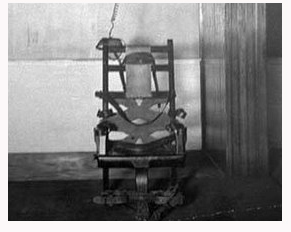
Automatic dishwasher
Mrs. W. A. Cockran, of North American origin, took ten years to create a marketable prototype of what would be the first automatic dishwashing machine. His efforts had begun in 1879. The operation was based on a steam engine, but it was so bulky that it did not work in the market.
It would not be until 1940 when it appeared in the first really automatic dishwasher, and until the 1960s it did not slip into the kitchens of homes.
Travel cards
The traveler’s checks were the invention of the American Express travel agency, and date back to 1891. In reality, it was a variation of what came to be called a “letter of credit”, a letter that allowed travelers to have a quantity of money that was collected in the offices of a foreign country, so there was no risk of theft or loss of money. A modern variation of what the Templars had already invented long ago.
Contact lenses
First known as “corneal lenses,” contact lenses are the work of German ophthalmologist A. E. Fick, 1887. At first they were not widely used and were made of glass. It would be in 1936 when a German company, I. G. Farben, made them in lighter plexiglass. However, it was in the mid-1950s when its use became popular. Made of methacrylate and with a smaller diameter than the previous ones, they gained in lightness and were more comfortable to use.
Bone scan
The first x-ray of History is that of a woman’s hand, such a privilege would correspond to the wife of the inventor, the German doctor, Wilhem Honrad Rötgen who on December 22, 1895 would put his theories into practice. The principle on which the radiography is based is based on the difference in density of the X-rays that reach the photographic plate, by crossing the soft tissues more easily than the hard tissues. The invention or discovery was practiced almost immediately. In World War I it was used to locate foreign bodies in the tissues of wounded soldiers and to be able to define exactly the extent of fractures.
Clip
The clip was invented by the Norwegian Johann Vaaler in 1900. Since then he has not abandoned us. Great invention for utility and simplicity.
Vending machine
The first patent for a commercial automatic product distribution machine, or vending machine, comes from the year 1883. The inventor, the British Percival Everitt. Although, until the thirties of the later century it would not be commercialized and spread throughout the United States.
Saccharin
In 1879 Constantin Fahlberg and Ira Remsem worked on the synthesis of a tar derivative. The discovery was considered as an invention by including it as a food sweetener. It was the first synthesis sweetener, which until 1938 was only sold in pharmacies and under optional prescription.
Color Photography
In 1802 Josiah Wedgwood sensed the beginning of photography. It would be twenty-four years later, when Joseph Nicéphore Niépce, made the magnificent discovery, and almost from that moment, he expressed frustration at not being able to print color to the sheets, in addition to other defects that Daguerre improved a few years later. But the first inventor who managed to reproduce the color was the British physicist James Clerk Maxwell, who in 1861 took three successive photographs of a plaid cockade through three blue, green and red filters. Then he projected the negatives obtained superimposed on a screen, illuminating them.
Stapler
Without having the appearance of the stapler that rests solace on the table of any office, the stapler was invented in a distant 1868 by the British Henry Gould. Initially intended for bookbinding workshops, it was soon an advance so that periodical publications could be distributed more easily.
Electric toothbrush
The electric toothbrush is an invention of an American, whose first name has been lost in the recesses of History, but known his surname as Scott, patented a variant of the classic toothbrush in 1885, consisting of an electric motor that It provided the corresponding oral hygiene. The manuals referring to the invention say it was loud, uncomfortable and overpriced, which resulted in extended unpopularity. It was not until the seventies of the last century when the technique varied what was necessary to popularize it.

